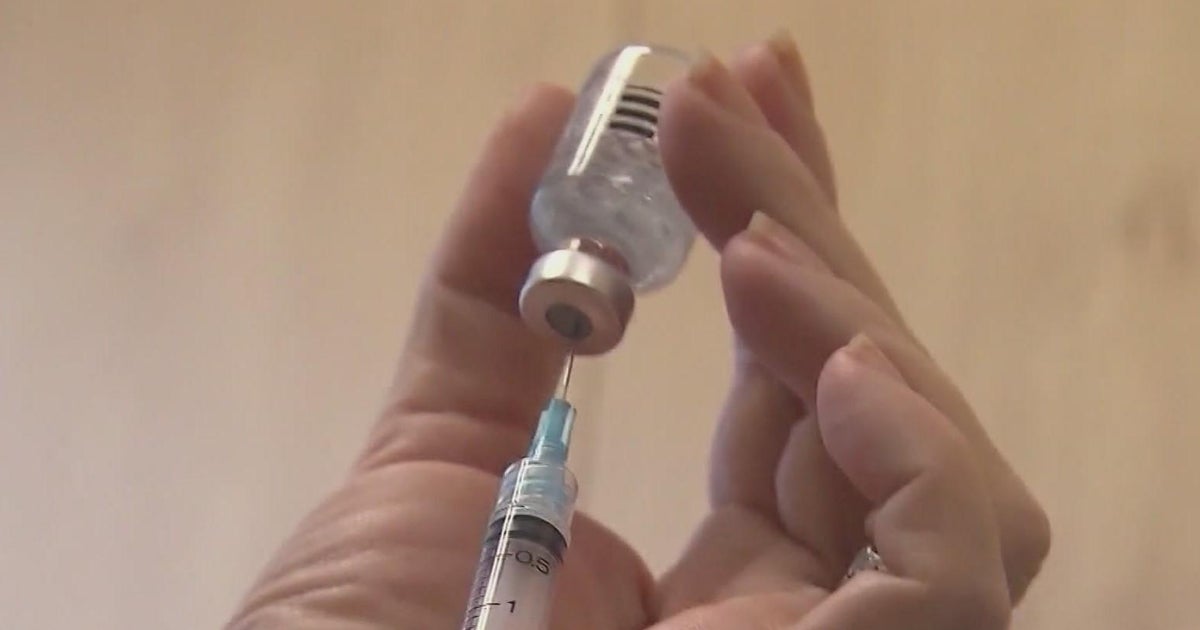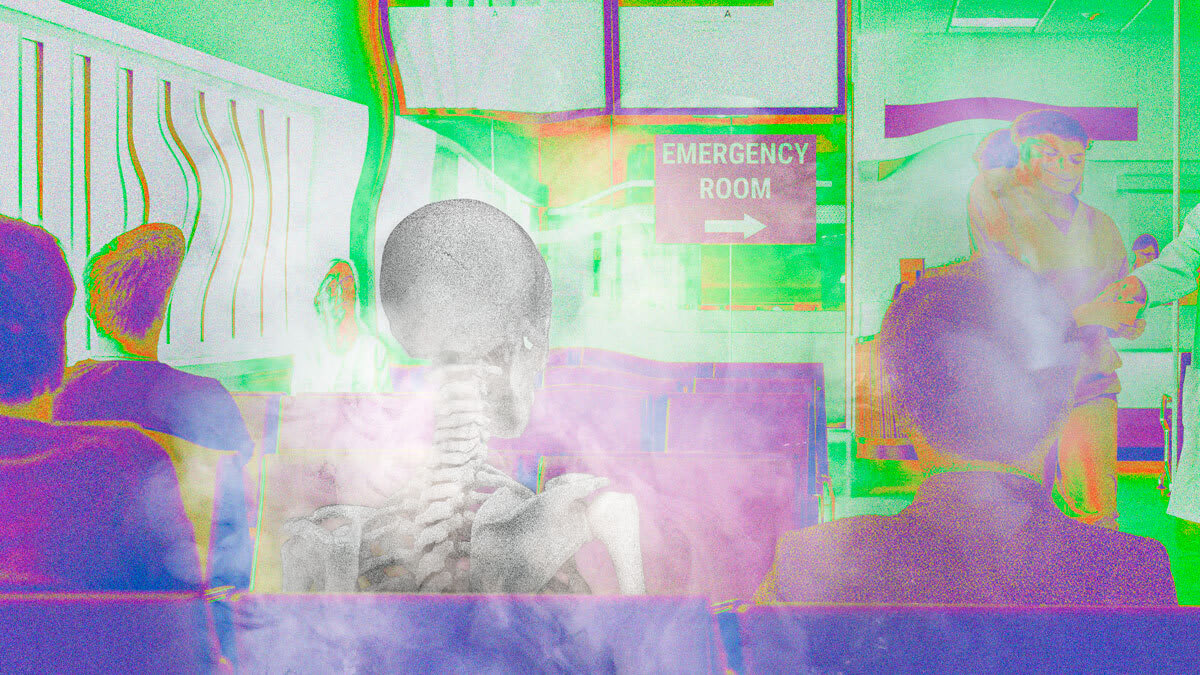Elder abuse often missed in the ER
About 10 percent of American seniors suffer elder abuse, yet the problem is often missed in hospital emergency departments, a new study finds.
Researchers reviewed national data and found that emergency doctors make a formal diagnosis of such cases in only 1 of 7,700 visits by seniors.
“These findings indicate that the vast majority of victims of elder abuse pass through the emergency department without the problem being identified,” study senior author Dr. Timothy Platts-Mills, an assistant professor of emergency medicine at the University of North Carolina’s School of Medicine, said in a school news release.
“Emergency physicians strive to make sure that for each patient who comes through the door, all serious and life-threatening conditions are identified and addressed. For elder abuse, EDs across the country are falling short,” he added. Platts-Mills is also co-director of the division of geriatric emergency medicine at the university.
The authors of the study noted that victims of elder abuse typically don’t receive routine care from a primary care doctor and often depend on the emergency department.
Each year in the United States, seniors make more than 23 million emergency department visits. That means emergency departments can play an important role in identifying elder abuse and taking steps to ensure the safety of these patients and fulfill their unmet health care needs, according to the researchers.
Identifying elder abuse can be difficult. Seniors who are physically frail or have mental impairment are prone to injury and may have difficulty caring for themselves, Platts-Mills explained.
“It can be very difficult distinguishing whether a bruise is from a fall or physical abuse, or whether poor hygiene is a result of a patient asking to be left alone or the result of overt neglect on the part of a care provider,” he said.
“But those difficulties don’t change the reality that elder abuse is common, takes a tremendous toll on its victims, and is frequently missed,” Platts-Mills concluded.
The study was published recently in the Journal of the American Geriatrics Society.





